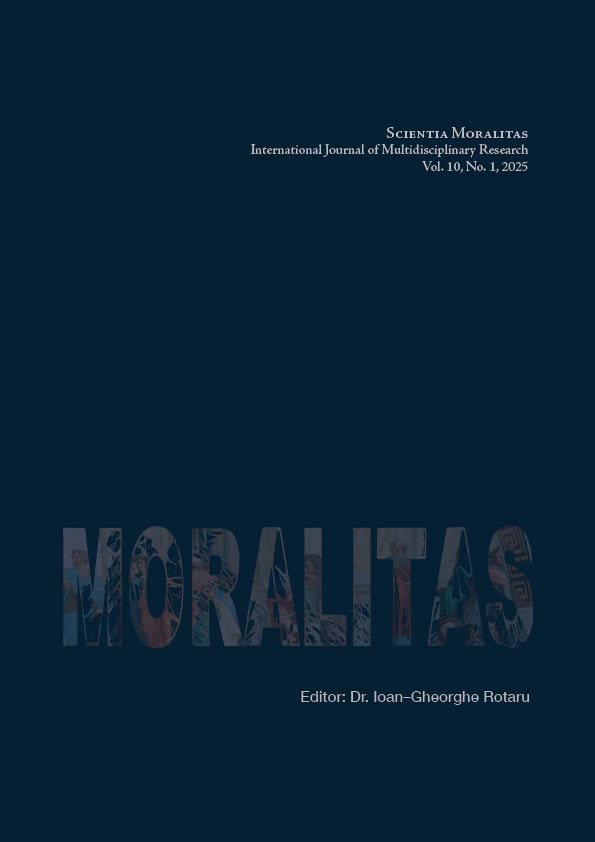The Homeland Security Threat Landscape: An Exploratory Analysis of Public Perception and Strategic Response
Abstract
This research critically examined the dynamic evolution of the homeland security threat landscape and the shifting perceptions that shape strategic responses within academic, governmental, and operational domains. The Department of Homeland Security (DHS) was created in the wake of the terrorist attacks that occurred on September 11, 2001. Through a comprehensive review of existing literature and expert assessments, this study identifies critical gaps in perception and understanding, highlighting areas where policymakers, practitioners, and researchers must focus to mitigate and respond to evolving threats effectively. Drawing on 112 anonymous surveys, this study highlights the dynamic interplay between real-world events, media framing, and governmental responses that shape both public understanding and strategic priorities. To determine which threat United States citizens perceived as the most significant and most detrimental to Homeland Security, a study was conducted by surveying 112 people. The study employed a 2x3 factorial design (male vs. female) with age groups (19-34, 35-49, and 50+) in a non-repeated measure to examine the threat they perceived as the most significant and most detrimental to the United States Homeland Security. The options provided were derived from the initial 2002 department proposal, the 2020 threat assessment, and the 2025 threat assessment. The findings of this research aim to inform strategic decision-making and enhance the resilience of homeland security systems in the face of an increasingly complex and interconnected threat environment. This research contributes to the academic discourse by offering a conceptual model for understanding perception-driven security policy and by proposing pathways for aligning perception with evidence-based threat management. KEYWORDS: disaster preparedness, climate security, critical infrastructure, cybersecurity, hybrid threats, interagency coordination, terrorism, homeland security, threat perception, national security, domestic extremism, emergency management, risk assessment, security studies, public policy, threat evolution, strategic planning, public perception, security intelligencePublished
2025-07-25
How to Cite
Mckown , A., & Phan, H. (2025). The Homeland Security Threat Landscape: An Exploratory Analysis of Public Perception and Strategic Response . SCIENTIA MORALITAS - International Journal of Multidisciplinary Research , 10(1), 126-137. Retrieved from https://www.scientiamoralitas.com/index.php/sm/article/view/303
Issue
Section
Articles

This work is licensed under a Creative Commons Attribution 4.0 International License.




